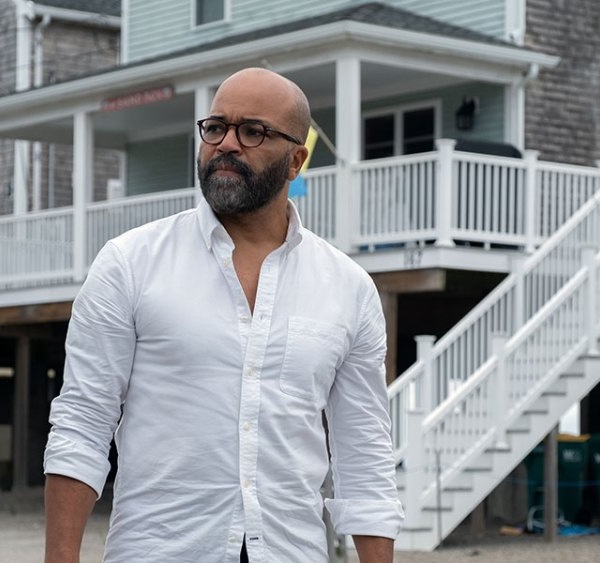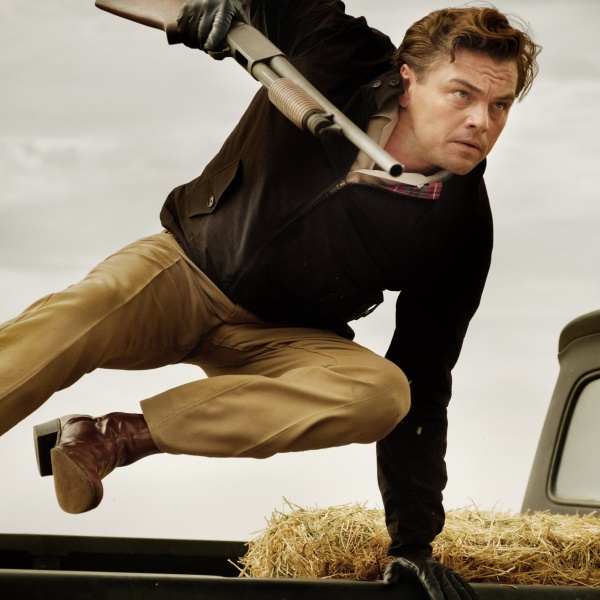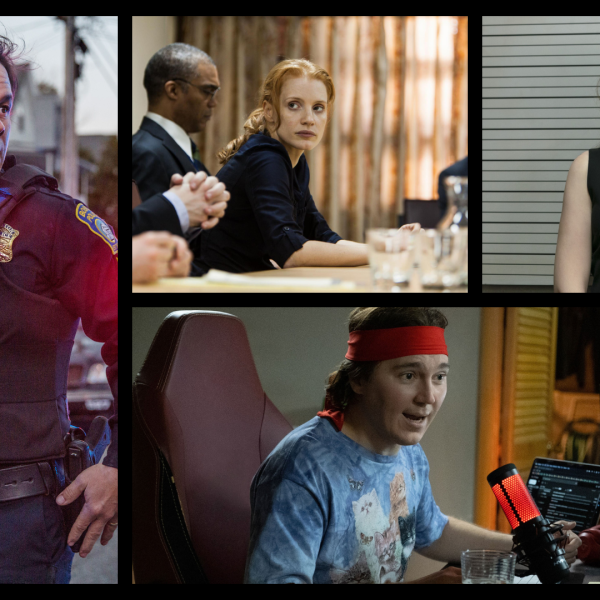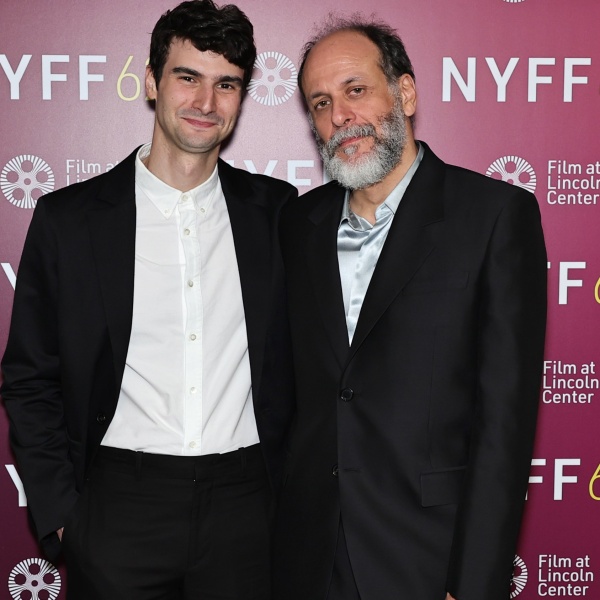
Good god, it’s been a bad year at the cinema. It’s not so much that there’ve been a lot of awful films, although of course there have. It’s more that there have been a lot of deeply average ones, and very little greatness to share around. Even the better end of the scale, it’s not quite scratched the right itch for us: as good as, say, “Beginners” or “Win Win” or “Midnight in Paris” are, they don’t quite get the synapses firing in the way that truly great cinema does. It’s the kind of thing that the crime flick has always done well — there’s a reason that the Cahiers du Cinema crowd worshiped early American genre pictures, for example, but there’s been little to be excited about even in that department. So it’s lucky that Nicolas Winding Refn‘s “Drive” has come along: it’s a shot of pure cinema straight to the eyeball, and one that’s stopped us from losing the faith just as we were about to start looking for gigs at What Yacht Magazine.
The plot is fairly spare and simple, although complex enough where it needs to be. Gosling is the unnamed hero, a mechanic and occasional Hollywood stunt driver who moonlights as a getaway man for heists. He works for a kindly garage owner (a perfectly grizzled Bryan Cranston). The pair are hoping to get a stock car running in races across the country and raise some investment from Mob-affiliated former movie producer Bernie Rose (Albert Brooks), and his impetuous partner Nino (Ron Perlman). At the same time, the Driver meets a beautiful neighbor, Irene (Carey Mulligan), a single mother whose husband Standard (Oscar Isaac) is about to be released from prison. But thugs are threatening Standard and his family, and the Driver steps into help, setting off a brutal chain of violence.

While surprising, it’s not totally unbelievable that the source material, a novel by writer James Sallis, was once going to be directed by Neil Marshall, with Hugh Jackman in the lead: the premise could have lent itself to a fairly generic car-chase movie without too much trouble. But Winding Refn’s film isn’t quite like anything you’ve ever seen before: faintly reminiscent of ’80s work by William Friedkin and Michael Mann, of John Boorman, of classic French New Wave crime flicks, but standing entirely on its own feet. When Brooks’ character tells Gosling that he used to be a film producer, making “kind of like action movies, sexy stuff… European,” it feels like Refn’s mission statement for the project as a whole.
However, audiences looking for action may be disappointed at first: aside from the terrific, super-tense getaway scene that opens the film, which closes with a brilliant payoff to the basketball game that the Driver’s been listening to throughout the scene (an ace bit of screenwriting from Hossein Amini, whose work here is as tight as a snare drum), much of the first half of the film is closer to a tender romance than a crime flick, the focus squarely on the fledgling relationship between the Driver and Irene. It’s beautifully done – as Gosling changes aisles in the supermarket to listen to his neighbor’s conversation with her young son, you get the exact sense of how desperate he is to connect with another human being.

And then, very gently, Refn starts to ratchet up the tension. The true natures of Bernie and Nino start to become clear. Standard’s fresh out of prison, and aware of the connection between his wife and new neighbor (leading to a terrific scene where a territorial Standard tells the story of how he met Irene in front of Gosling’s character). And before too long, things explode into some of the most brutal violence we’ve seen on screen in a long time, which never really lets up. It’s not really an action film, as such, but one filled with bursts of deeply, breathlessly suspenseful bloodletting — Gosling, and the film in general, is essentially a coiled spring, building up tension before it jumps out.
Anyone who saw “Valhalla Rising” knows that few can pull off the poetry of violence better than Refn, and the director is responsible for some of the most memorable images of the year here: sun shining in through a window on splattered blood and brains, Gosling aggressively threatening a man in front of entirely passive, disinterested strippers, the heavy breathing through the Driver’s iconic jacket after an attack, and the instantly legendary elevator scene, which is simultaneously one of the sexiest and most horrifying things we’ve seen in a long time (Newton Thomas Sigel has to take a chunk of the credit here: the DP pulls off career-best work here, thoroughly impressive for the man who shot “Three Kings“).
The sound, too, is tremendous. It’s rare to find the sound mixing genuinely thrilling, but the opening scene, which expertly blends the thumping electronica, a radio basketball game, the sounds of a police scanner, the creak of Gosling’s leather gloves and the roar of the engine, is world-class, while putting gunshots artificially high in the mix hammers home how shattering the violence really is. Cliff Martinez‘s music is exceptional, slinky and pulsing, while the choice of songs match it perfectly, and furthermore, Refn isn’t telling you how to feel with the soundtrack cuts, he’s telling the story: intercutting between Mulligan at her husband’s welcome home party and Gosling in his home, backed by Desire‘s “Under Your Spell,” wordlessly tells you everything you need to know, while the reprise of College‘s “A Real Hero” at the film’s climax instantly clarifies what kind of story the director has really been telling.

And the cast really are exceptional, to a man. Mulligan’s a world away from the kind of English rose she’s played so far – her quietly desperate, lonely single mother is a lovely turn, underlining what a talent she is. Cranston’s hapless mentor is a wonderfully ambiguous performance, Brooks is a revelation as the heavy, instantly escaping any associations with the neurotic, comedic characters he’s almost always been drawn to, and Perlman’s never had a better showcase, including “Hellboy.” Isaac and Christina Hendricks have less to do, but make firm impressions, the former in particular bringing real sympathy and heart to a character who could have just been an obstacle.
But really, it’s Gosling’s film, and he’s phenomenal. The character is a taciturn one, so much so that it’s almost shocking when he does speak, but the actor doesn’t need words, as he nails the part on the physicality alone. He’s almost impossibly still, intensely concentrated for most of the film, only his constantly-searching eyes showing signs of life. Every single movement is controlled and measured — the Driver is not a man who takes even a single breath without purpose behind it. But when that control drops, when he turns to violence, the actor makes it clear why the character has to be in control constantly: because otherwise, he’d tear the whole world down. But he’s no thug: Gosling’s deeply disarming smile when he’s with Mulligan and her son is all he needs to show that he’s not a killing machine.
Is the film more style than substance? Some might argue that. But you could probably make the same case about most crime flicks, from Kubrick’s “The Killing” to “The Beat That My Heart Skipped,” and that’s the company that “Drive” belongs with. We would beg to disagree: it’s an incredibly rich film, and Refn’s now among the few directors who can blend the style and content so firmly that they become inseparable. It confirms him as one of our most exciting talents, and Gosling as the rarest kind of movie star. [A]







